#artist is konstantin makovsky
Text

Mermaids by Konstantin Makovsky (1885)
#konstantin makovsky#art#paintings#fine art#19th century#19th century art#academicism#academism#academic art#painting#russian art#russian artist#mermaid#mermaids#classic art
1K notes
·
View notes
Text
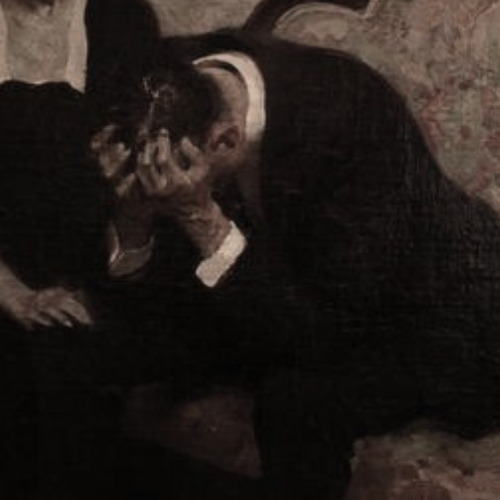



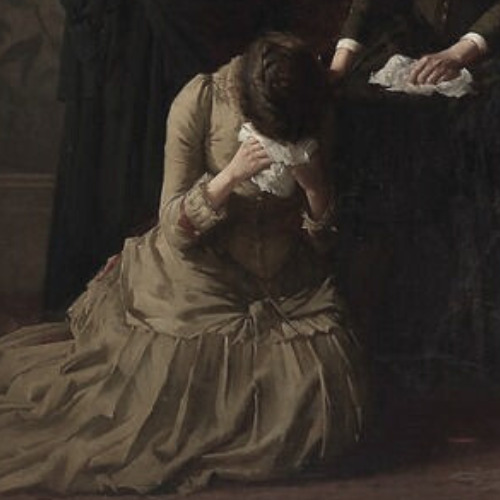

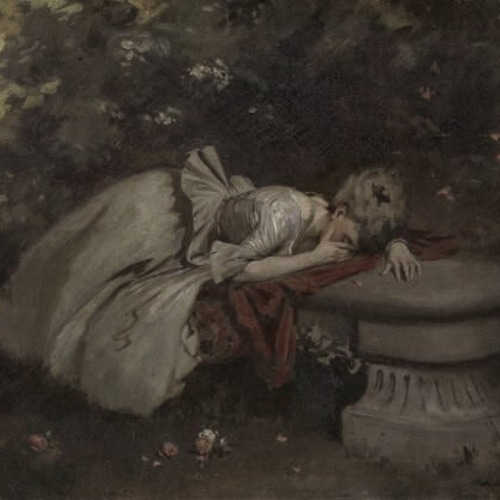
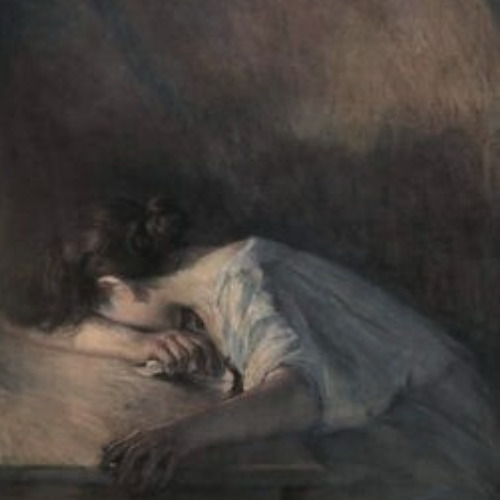
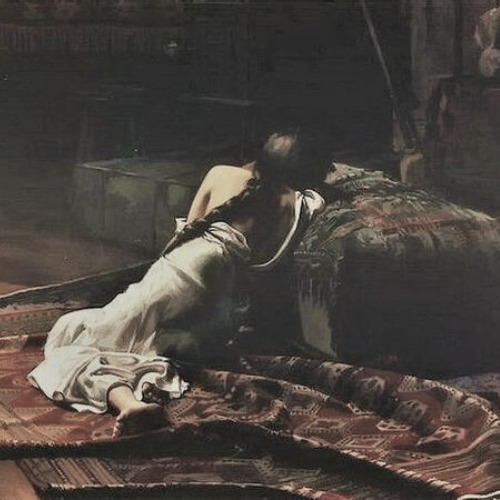



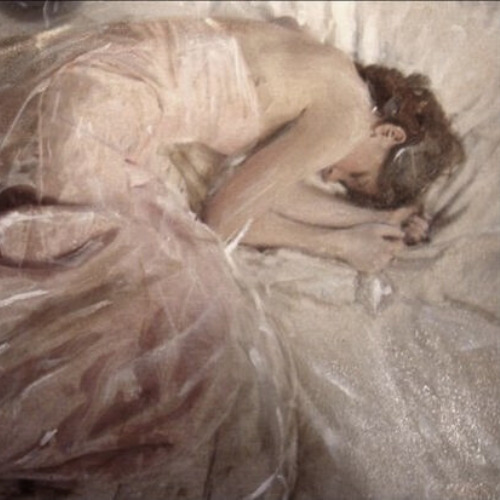

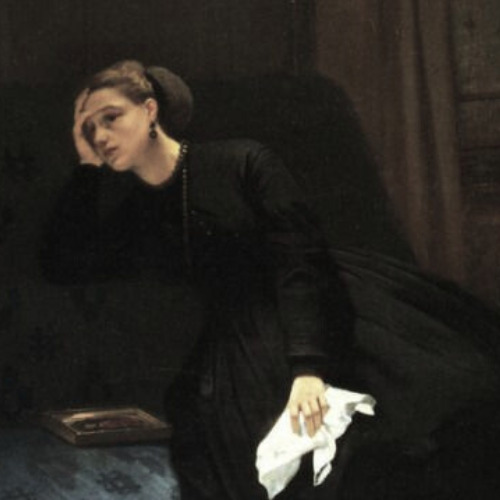




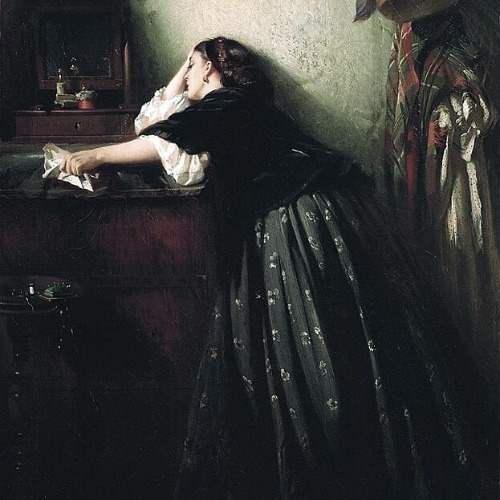
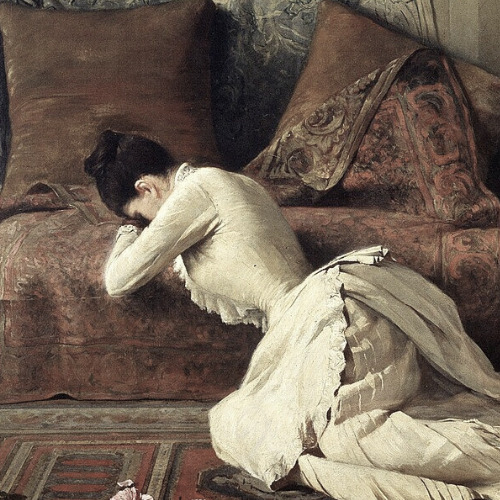



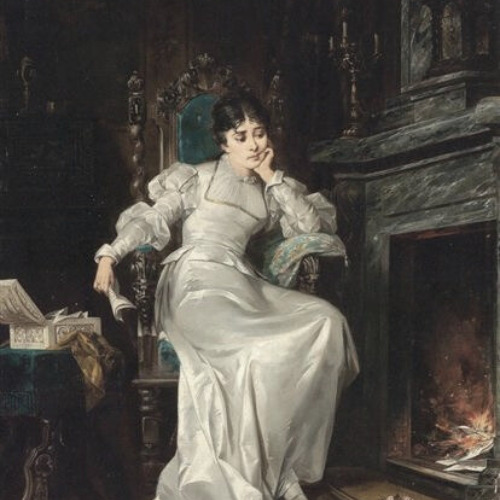




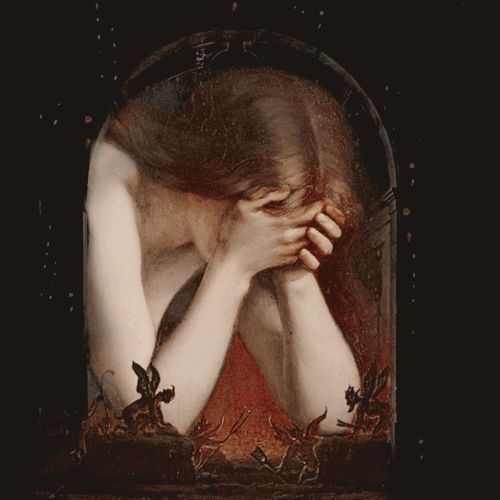
me when i have to work to make money & live
#artist is dean cornwell#artist is fred elwell#cant find artist#artist is carl rudolph sohn#artist is john longstaff#artist is jean beraud#artist is heinrich lossow#artist is leon de smet#artist is alejandro decinti#artist is gabriel max#artist is pierre ribera#artist is elin danielson-gambogi#artist is william joseph oxer#artist is francis danby#artist is auguste toulmouche#artist is caravaggio#artist is lionello balestrieri#artist is marie bashkirtseff#artist is fritz von uhde#artist is konstantin e makovsky#artist is belmiro de almeida#artist is ernst meisel#artist is giuseppe molteni#artist is joseph severn#artist is carl schweninger#artist is amelie beaury-saurel#artist is pierre auguste renoir#artist is francesco hayez#artist is hugues merle#artist is victor casimir zier
510 notes
·
View notes
Text

Garden in Bloom - Konstantin Yegorovich Makovsky , 1880-89.
Russian , 1839-1915
Oil on canvas , 65 x 93 cm. 25.6 x 36.6 in.
199 notes
·
View notes
Text
A Boyar Wedding Feast - Konstantin Makovsky, 1883.

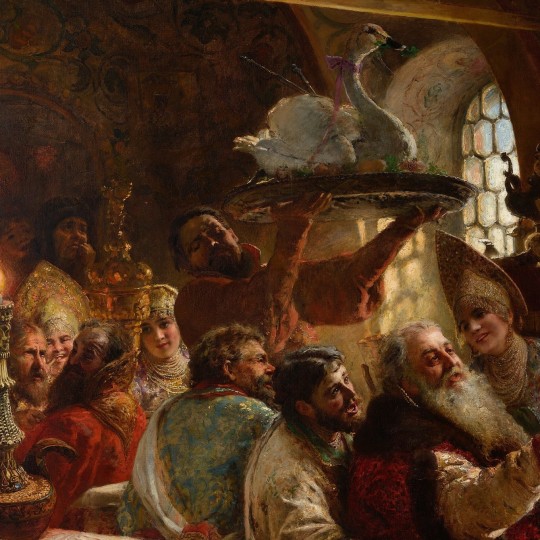
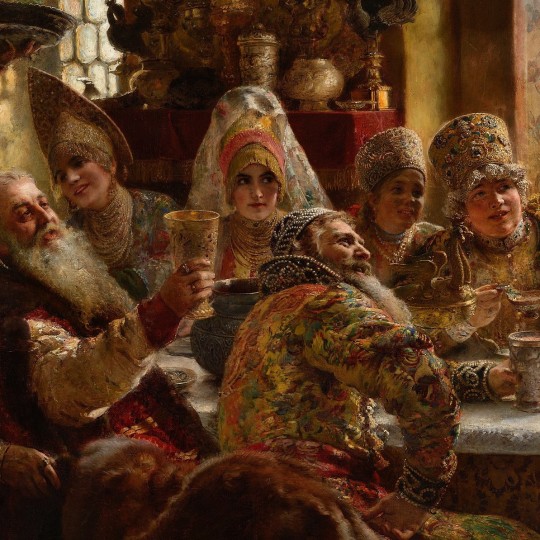

#traditional art#traditional painting#art detail#classic art#art details#art history#oil painting#art#classical art#19th century art#konstantin makovsky#russian art#russian artist#artwork#1800s art#contemporary art#fine art#arte#oil on canvas#oil paintings
29 notes
·
View notes
Text
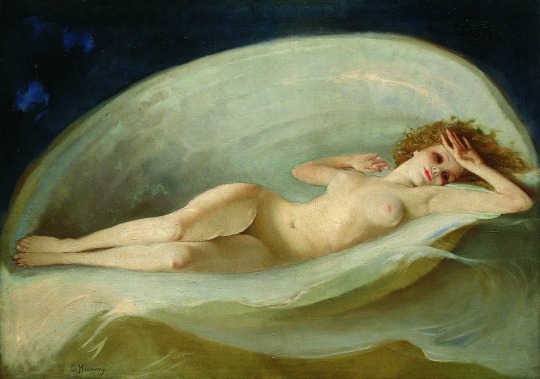
The Birth of Venus
Konstantin Makovsky
oil on canvas, before 1915
835 notes
·
View notes
Text

Konstantin Makovsky (1839-1915)
"Child Funeral" (1872)
Realism
#paintings#art#artwork#genre painting#genre scene#konstantin makovsky#fine art#russian artist#funeral#death#children#mourning#despair#sadness#cloudy#clouds#somber#grim#solemn#burial#1870s#late 1800s#late 19th century
84 notes
·
View notes
Text

TAMARA AND THE DEMON | 1889| by KONSTANTIN MAKOVSKY
Two figures in the midst of a pivotal moment, one that will alter their lives forever. The painting captures this climactic moment before an irreversible change creates a permanent rift between the mismatched couple. The intense emotions of the scene are palpable, with a tense and dramatic atmosphere filling the air.
The painting depicts the beautiful PRINCESS TAMARA in her final moments, dying in the arms of the Demon. Artist MAKOVSKY has expertly captured TAMARA in her fleeting state, with her body already slumped and lifeless. Her skin has taken on a sickly, grayish-green hue, foreshadowing her impending death.
As TAMARA is dressed in white, symbolizing her purity and innocence, the Demon is clad in dark black, highlighting his sinister nature. This contrast adds to the tension and symbolism of the piece, with TAMARA'S impending doom at the hands of the dark entity.
TAMARA'S lips are parted, hinting at her desire to still speak her final words before passing on. MAKOVSKY skillfully portrays TAMARA'S vitality and potential, while simultaneously reminding the viewer that her bright life will soon be extinguished. It is a poignant moment, capturing the fragility of life and the inevitability of death.
The Demon's expression is one of bewilderment and anguish. The realization of TAMARA'S death has shattered him, and he can feel the weight of total despair bearing down on him. Yet, his grasp on her hand remains tight, a possessive gesture that serves to remind the viewer of their fateful connection.
#tamara and the demon#konstantin makovsky#romanticism#romantic art#romantic artist#romantic art#romantic paintings#romantic#romanticism artwork
4 notes
·
View notes
Text


Konstantin Makovsky - Portrait of the Artist’s Wife - 1900 & Ophelia
Makovsky frequently painted women he was close to. Maria Alexeevna Matavtina (1869-1919) was his third wife. The artist met her in 1889 in Paris, where he kept a studio. During the 1890’s, Maria Alekseevna was the artist’s favorite model. She posed for such famous paintings as Romeo and Juliet (the Odessa Art Museum) and Ophelia.

Portrait of a Young Beauty
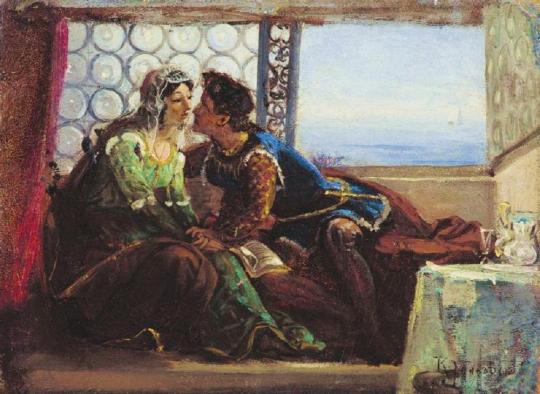
Romeo & Juliet - 1890
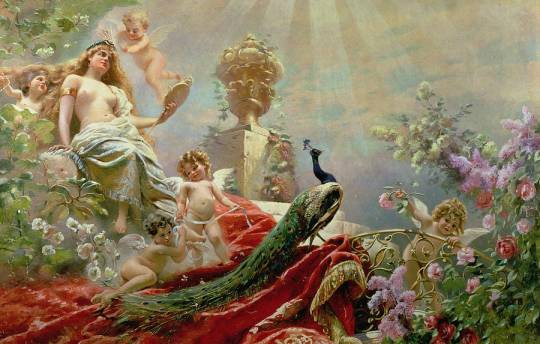
The Toilet of Venus

Happy Arcadia
Konstantin Makovsky (1839-1915) was a famous Russian realist painter who opposed academic restrictions that existed in the art world at the time. His father was the Russian art figure and amateur painter, Egor Makovsky and his mother was a composer. Because of his parents' professions, Makovsky showed an early interest in painting and music. He entered the Moscow School of Painting, Sculpture and Architecture at the age of 12. After graduating, Makovsky went to France in hopes of becoming a composer, but after touring Europe in order to get acquainted with traditional folk and classical music, he ultimately chose painting.

#art#paintings#konstantin makovsky#Happy Arcadia#The Toilet of Venus#alexeevna matavtina#russian beauty#portrait of a young beauty#artists#cliff clavin#romeo & juliet
7 notes
·
View notes
Text

Romeo and Juliet by Russian Artist Konstatin Marovsky.
7 notes
·
View notes
Text

...fashion and orchids by Russian artist Konstantin Makovsky...
#the painted chateau#painted chateau#art#portrait#fashion#style#konstantin makovsky#russia#inspired life
73 notes
·
View notes
Photo
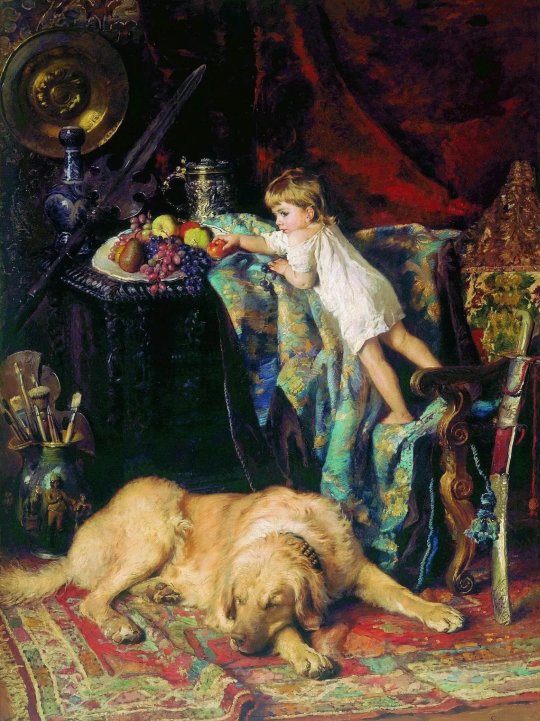
Konstantin Makovsky (Russian,1839-1915)
In the artist's studio (the little thief), 1881
Oil on canvas
#Konstantin Makovsky#Konstantin Yegorovich Makovsky#upl#va#art#painting#animals in art#fruit#children
247 notes
·
View notes
Photo

The Birth of Venus by Konstantin Makovsky (1900-10)
#konstantin makovsky#art#paintings#fine art#1900s#1900s art#romanticism#romanticism art#painting#russian art#russian artist#mythology#roman mythology#roman goddess#venus#aphrodite#birth of venus#classic art
6K notes
·
View notes
Text

Konstantin Makovsky (1839-1915)
PUBLIC CELEBRATION DURING SHROVETIDE IN ADMIRALTY SQUARE IN ST. PETERSBURG
1869
Material - canvas
Technique - oil
This is a study for the well-known monumental picture by Konstantin Makovsky “Folk Festivities at Shrovetide in Admiralty Square in St Petersburg” (1869. Oil on canvas, 215 х 321 cm. State Russian Museum), for which the artist received the rank of Professor in the Academy of Arts.
Shrovetide is one of the most ancient and joyous holidays of our country celebrated for a week before Lent; its ritual practices still contain many elements of pre-Christian Slavic mythology. The holiday implies a farewell to winter, welcomes spring, commemorates those who have passed away and conjures up fertility.
Konstantin Makovsky is very expressive in depicting the festive atmosphere of entertainment by a noisy, merry and multi-faced city crowd; he presented a real gallery of distinctive social types. We see performing actors, a chilled young man with a mug of honey drink in his hand near the samovar, a smartly dressed fashionmonger, a small child wrapped in his mother’s scarf over his fur coat, and a wealthy merchant family. The traditional folk festivities during Shrovetide turned Admiralty Square in St Petersburg into a theatre stage. The centre of the city is brightly decorated with colourful booths, wooden carousels, swings, teashops, flags, amateur paintings, wreaths, signs and billposters. Scaramouches, fools, actors, clowns, jugglers and acrobats are touting the public to their performances. Pedlars sell sweets, gingerbreads and sugared nuts. The art critic Vladimir Stasov wrote: “All of Petersburg is festive and smiling in the frost under the pink gleam of the winter sun. You can see a dandy wearing a pince-nez and boys in rags; merchant wives sweating in their mantles and booth actors in poor tights; office clerks blowing on a glass of hot tea and admiring the buffoons as well as young men skilfully getting grivnas out of their pockets; workmen, thickly laughing peasants and little ladies in smart hats, soldiers and sellers of nuts and beans.” There was a superstition that if there was no merry-making at Shrovetide, the entire year would be full of hardships.
Tretyakov Gallery
9 notes
·
View notes
Text
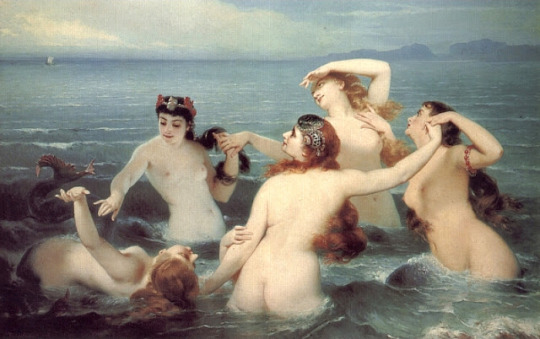
Artists: Charles Edouard Boutibonne, Edward Okun, Laura JamesDoris Prouty, Harald Oskar Sohlberg, Ralph Cahoon, Elisabeth Jerichau-Baumann, Arthur Wardle, Giovanni Segantini, Isobel Lilian Gloag, Edward Poynter, Edward Matthew Hale, Edvard Munch, Akseli Gallen-Kallela, Aino, Akseli Gallen-Kallela, Anton Teofil Kwiatkowski, Carl Bertling , Robert Anning Bell, William Arthur Breakspeare, Gerard de Lairesse, Howard Pyle, Julyan Davis, Albert Hanson, Victor Mottez, Victor-Louis Mottez, Victor-Louis Mottez, Léon Auguste Adolphe Belly, Christine Wyatt, Maurice William Greiffenhagen, Lord Frederic Leighton, Frederick Appleyard, Edward Burne-Jones, Herb Ritts, Francesca Stern Woodman, David Drebin,
Please follow link for full post
Ilya Repin,Julius Hübner,Alexandra V.Bach,Knut Ekvall,Gustave Wertheimer,Konstantin Yegorovich Makovsky,H.J. Ford,Elihu Vedder,John William Whiteley,Troy Howell,Koloman Moser,Norman Prescott Davies,
68 Works and tales of Mermaids in Europe, Asia and Africa, with Footnotes #6
#Mermaids#Hellenic#Zaidan#Mythology#Religion#biography#Paintings#Art#History#footnotes#FANTASY#Marine#fineart#sailing
6 notes
·
View notes
Photo
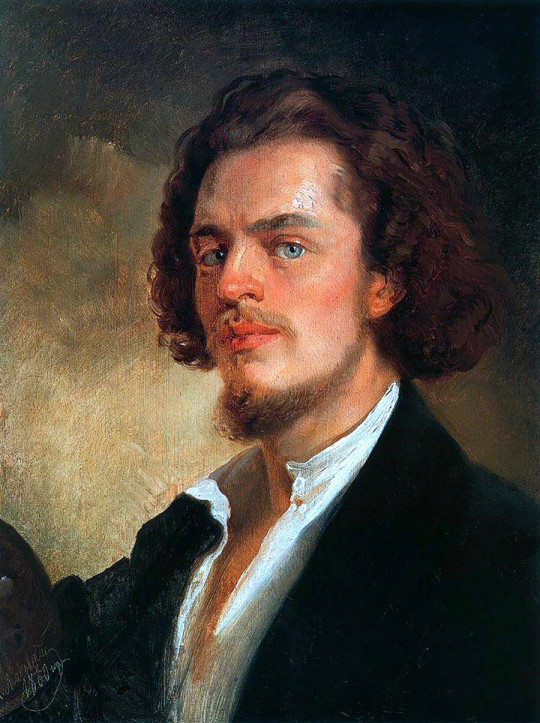
Self-portrait of Konstantin Makovsky, 1856
0 notes
Text
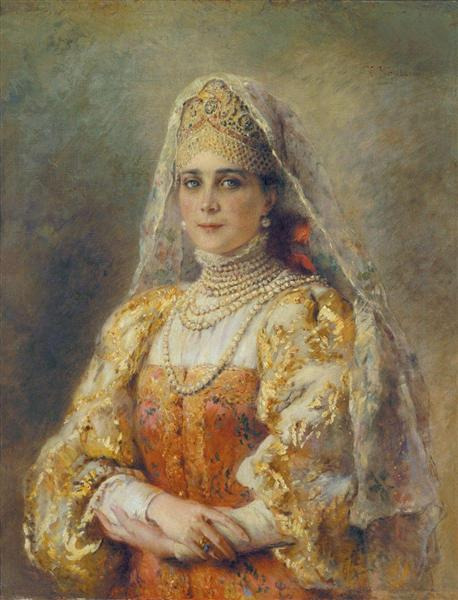
Konstantin Makovsky (1839-1915)
"Portrait of Princess Zinaida Yusupova"
Academicism
#paintings#art#artwork#genre painting#female portrait#konstantin makovsky#fine art#academicism#russian artist#portrait of a woman#russian nobility#aristocracy#clothing#clothes#jewl#jewellery#dress#yellow#orange#gold#blue eyes#1800s#19th century
168 notes
·
View notes